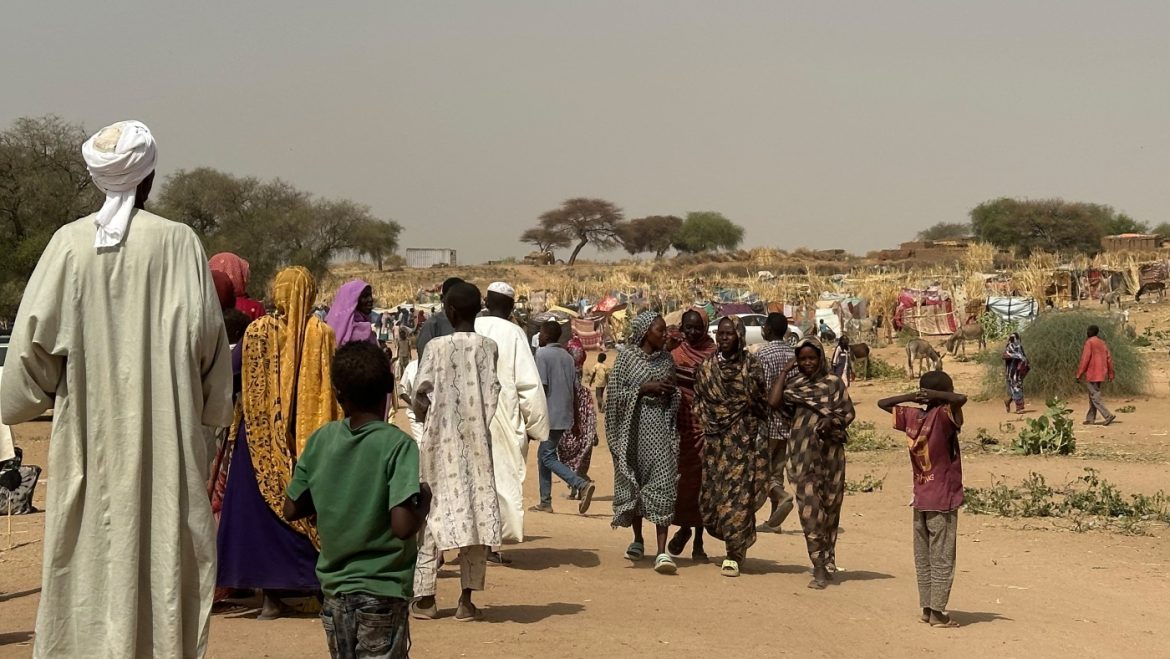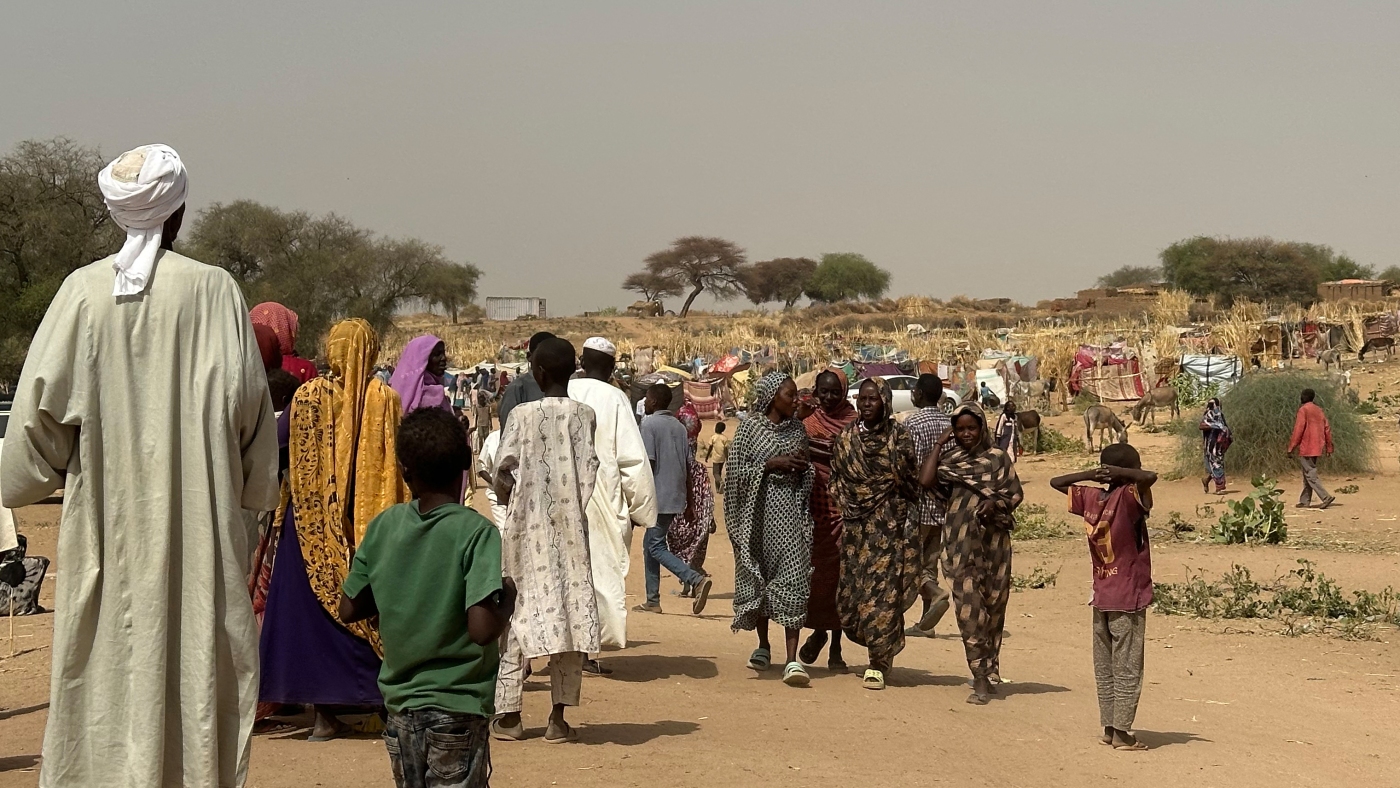Unfolding Catastrophe: Two Years of Sudan’s Civil War and Its Devastating Impact on Darfur
The ongoing civil war in Sudan, now marking its second year since erupting in April 2023, has plunged the nation into an unparalleled humanitarian crisis. At the heart of this turmoil lies Darfur, a region already scarred by long-standing conflict, now struggling to withstand fresh waves of violence, displacement, and famine. This analysis delves into the multifaceted dimensions of the crisis, the key actors involved, the human toll, and the broader implications of Sudan’s descent into chaos.
The Conflict’s Origins and Key Players
The Sudanese civil war began as a power struggle between the Sudanese Armed Forces (SAF), led by General Abdel Fattah al-Burhan, and the paramilitary Rapid Support Forces (RSF). These two rival factions, once nominally allied, clashed violently in the capital Khartoum before the conflict expanded nationwide. Darfur, long known for its own brutal conflicts since 2003, has become a major battleground once more, highlighting how the current war exacerbates existing ethnic and regional fractures.
El Fasher, the capital of North Darfur, remains one of the last areas under the control of the Sudanese army but has endured relentless assaults by the RSF, illustrating the severe fragmentation of authority. The conflict’s trajectory mirrors past scorched-earth tactics, with paramilitary groups employing ruthless measures reminiscent of earlier Darfur atrocities.
Darfur: Repeatedly Bearing the Brunt of War
Darfur’s civilians have borne the disproportionate weight of Sudan’s internal strife. Recent assaults on refugee and famine-stricken camps, such as Zamzam, have resulted in devastating loss of life and have displaced hundreds of thousands more. The UN reported more than 300 civilian deaths within two days of fierce fighting in the region, including significant numbers of children.
These attacks are not isolated incidents but part of a systematic campaign that has shattered communities, destroyed vital infrastructure, and decimated humanitarian aid operations. The region’s already fragile healthcare system has collapsed under the strain, depriving countless survivors of essential medical care.
Widespread displacement is altering the demographic fabric of Darfur and neighboring areas, with over 13 million people displaced internally or forced to flee as refugees. El Fasher, once a relatively calm urban center, now grapples with an influx of displaced persons, stretching its resources and social solidarity to the breaking point.
Humanitarian Nightmare: Hunger, Famine, and Human Rights Abuses
The war has triggered what UN agencies and NGOs describe as the world’s largest humanitarian crisis. Civilians face not only immediate threats from violent attacks but are also enduring famine and hunger on a massive scale. Starvation has been weaponized, with food supplies cut off and aid convoys targeted, deepening the crisis.
Women and children disproportionately suffer from the conflict’s consequences. Protection crises have escalated, with women and girls facing increased risks of gender-based violence amidst the chaos. The collapse of essential services places refugees and displaced populations in precarious conditions, heightening vulnerabilities.
Political and Social Implications: A Nation in Peril
Sudan’s civil war underscores the fragility of state institutions and highlights deep political fissures that have predated this latest conflict. The rivalry between SAF and RSF embodies broader struggles for control and resource exploitation within Sudan, but it has come at the people’s expense.
The war’s spread across multiple regions, including Darfur, Kordofan, and Khartoum, signals a shrinking space for peace and stability. The relentless shelling, airstrikes, and drone attacks underscore the ruthless nature of the conflict. Civilians are trapped in a vicious cycle with little respite or avenues for safe passage.
International aid efforts, though crucial, have struggled to keep pace with the magnitude of displacement and violence. Humanitarian agencies face obstacles from ongoing insecurity and political obstruction, complicating delivery of aid.
Darfur’s Historical Context: A Region Long Tormented
Darfur has been synonymous with conflict since the infamous Darfur War of 2003. Two decades later, the resurgence of violence in this region is not merely a repetition of history but an escalation that combines past grievances and current power struggles. The scars from the initial Darfur war have not healed; rather, they have deepened as fresh waves of trauma and displacement echo through the region.
The recent civil war has revived these “darkest chapters,” with massacres and indiscriminate attacks reminiscent of the atrocities that once drew international condemnation. For many here, the nightmare of war is persistent and seemingly unending.
The Path Forward: Lessons and Urgency
Sudan’s crisis highlights the urgency of political solutions and the need for safeguarding civilians. As the fighting continues, the international community faces a critical test in balancing diplomatic engagement with effective humanitarian response. The story of Darfur serves as a sobering reminder that conflicts rooted in power struggles and ethnic divisions spiral into disproportional suffering for the vulnerable.
Addressing the root political fractures is vital, but immediate attention must focus on halting violence, ensuring humanitarian corridors, and supporting displaced populations. Protecting human rights amid warfare requires more than rhetoric; it calls for concerted actions that curtail abuses and restore hope for civilians trapped in a relentless warzone.
Conclusion: Darfur’s Ordeal as a Mirror of Sudan’s Turmoil
Darfur epitomizes the tragic human cost of Sudan’s civil war—a war that has upended millions of lives, shattered communities, and stoked a crisis of unprecedented scale. Two years of conflict have transformed Sudan into one of the world’s most pressing humanitarian disasters, with Darfur at its epicenter.
This continuing nightmare underscores the complex intersection of regional history, political power struggles, and catastrophic human suffering. As the world watches, Darfur’s cries echo as a call to acknowledge not only the scale of devastation but the urgent need for compassionate, strategic engagement to bring peace, healing, and dignity back to this beleaguered land.


